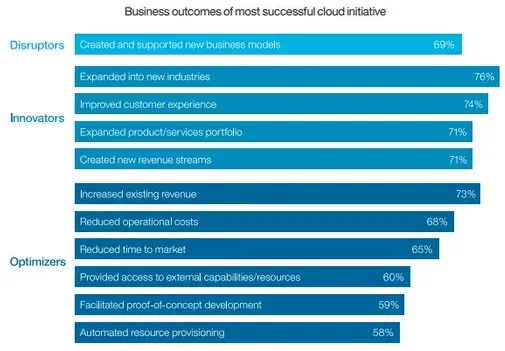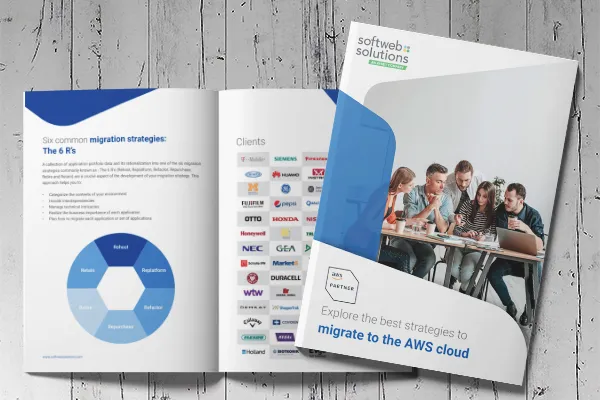AWS Cloud Migration Guide: Explore the 7 Rs Strategy
Unlock the potential of AWS cloud migration with the 7 Rs strategy. Explore benefits, challenges, and expert guidance from Softweb Solutions for seamless digital transformation.
Cloud migration strategies and their importance
The seven R’s of cloud migration
Explore the best strategies to migrate to the AWS cloud
When to use each migration model
5. Global reach and resilience:
6. Unwavering security and compliance:
Conquering cloud migration challenges
Beyond migration: Embracing the digital horizon with Softweb Solutions

- Agility: Adapt and scale your applications quickly, just like a cloud expert avoiding digital challenges.
- Scalability: If you need more servers to manage high traffic, the cloud has plenty available, just a click away.
- Cost-efficiency: Ditch the expensive upkeep of on-premises infrastructure. The cloud offers a pay-as-you-go model, like renting a cloud-powered dragon instead of buying your own stable.
- Innovation: Embrace the latest cloud technologies and unlock new possibilities, like using a cloud-powered telescope to scan for future business opportunities.


- Simplifies infrastructure
- Reduces maintenance costs
- Mitigates security vulnerabilities
- Minimizes disruption
- Avoids unnecessary migration effort
- Focuses resources on strategic priorities
- Leverages cloud scalability
- Resilience
- Reduces data center complexity
- Accesses specialized services
- Optimizes costs across platforms
- Enhances future flexibility
- Streamlines maintenance provides modern features
- Unlocks cloud-native advantages
- Unlocks advanced scalability
- Resilience
- Future-proofs architecture
- Enables microservices architecture
- Unlocks serverless technologies
- Maximizes cloud potential
